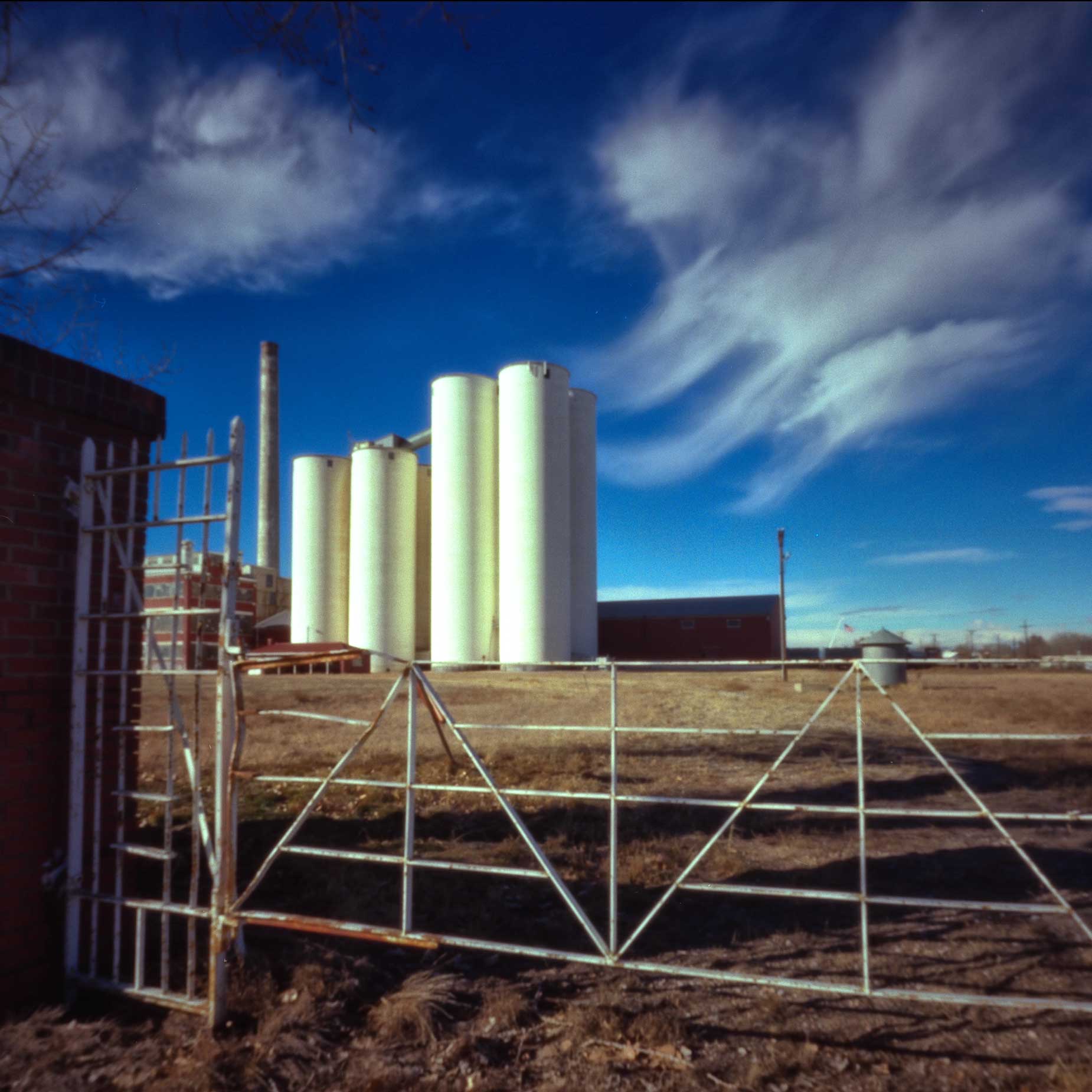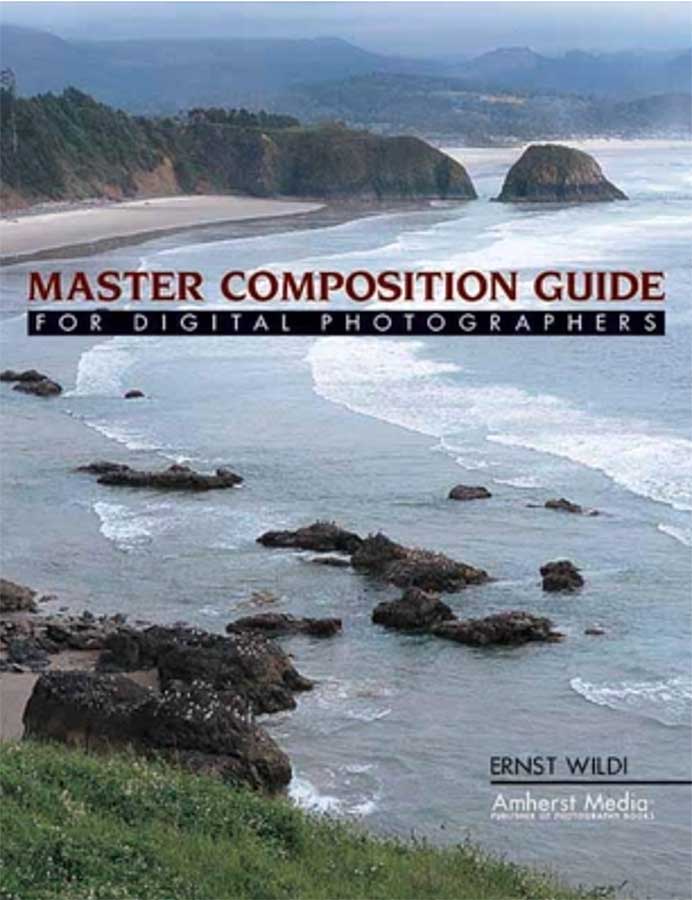Today’s Post by Joe Farace
“We become what we behold. We shape our tools, and thereafter our tools shape us.”― Marshall McLuhan
It seems obvious that the camera you use and the way that you use it determines the format or shape of the captured image. Look no further than the hundreds of YouTube videos that are shot using a vertical format—the shape of a smartphone—despite almost every moving image the maker has ever seen during their lifetime being horizontal.
I was having coffee with my pal Barry Staver a while ago and we were talking about how he was enjoying shooting with his Panasonic Lumix GH5 (now upgraded to Mark II version.) He told me that as he begins to shoot more video for his clients he is also shooting more still images using a horizontal format. And most surprising to me is that his portraits are now, more often then not, delivered to clients in a square format because social media and many websites mostly, these day, show headshots as square.
 How I Made this Photograph: I made this image near Brighton Colorado with a (now old) Zero Image pinhole camera that allowed you to shoot in different formats including 6×6 cm. The film used was the amazing Konica IMPRESA 50 Professional that was ideal for the long exposures needed to work with the tiny (0.18mm) aperture. To time the exposures, I used the “hippopotamus” method and count seconds by saying “one hippopotamus, two hippopotamus…” Don’t know how many hippos I used for this image.
How I Made this Photograph: I made this image near Brighton Colorado with a (now old) Zero Image pinhole camera that allowed you to shoot in different formats including 6×6 cm. The film used was the amazing Konica IMPRESA 50 Professional that was ideal for the long exposures needed to work with the tiny (0.18mm) aperture. To time the exposures, I used the “hippopotamus” method and count seconds by saying “one hippopotamus, two hippopotamus…” Don’t know how many hippos I used for this image.
Shooting Film or Digital
Back in the film days, when I got my first medium format camera, a Mamiya C33 TLR, it was designed to make photographs in the classic 6X6 square format and to tell the truth I never thought much about formats at the time. I happily made many thousands of images with that camera as I also did later when I switched to a Hasselblad 500CM, another square format film camera. The legendary photographer Ernst Wildi, who wrote Master Composition Guide for Digital Photographers came at the subject from the perspective of a lifetime of using a square format Hasselblad.
Determining the shape of your images all boils down to aspect ratio. If you have the time, please read my post Full Frame vs Full Image that goes into more detail on this subject. These days most DSLRs and mirrorless cameras let you shoot in ratios from 3:2, 4:5, 4:3 and yes even 1:1 aka square. You’ll find a menu, like the one at left, on most cameras that lets you chose the size and shape of your captured JPEG file.
So the next time you’re making a portrait, set the camera in 1:1 mode to see if you like the results. And, like the cover of The Hitchhiker’s Guide to the Galaxy says “Don’t Panic” if you don’t like it. You can always shoot in your preferred aspect ratio and crop later using Photoshop’s Crop Tool that provides many different cropping options, including 1×1 Square.

Ernst Wildi’s book Master Composition Guide for Digital Photographers is available from Amazon, as I write this, with new copies selling for $11.18 and used copies starting around seven bucks making this the photography how-to book deal of the century.